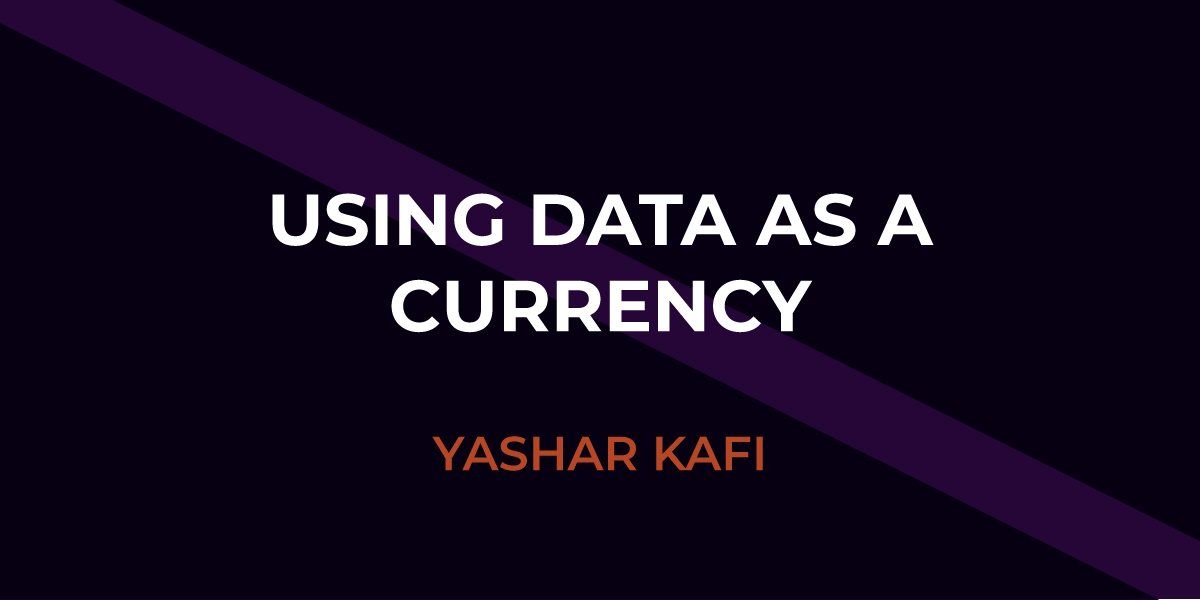Using Data as a Currency
Have you ever wondered what happens to the data trail that you leave through your Internet browsing history? That data trail is your very own, and every single cell of your data footprint is of value ─ it is an important revenue stream for Internet platforms like Facebook, Apple, and Google.
How Much Data Is Harvested?
Data is generated by users through nearly every interaction they have with Internet-enabled devices. Corporations then harvest the data. As the Internet grows, we are gradually creating an entire data universe. From location-settings tracking our movements to the messages that we send to our friends on a daily basis, every product and application that we use is interconnected. And each and every device we use is sending data.
EM C has predicted that by the end of 2020, the data universe will be 44 zettabytes. That is how much data we generate by using our smart, Internet-enabled devices. Back in 2013, we only produced one-tenth of that figure, showing how exponential the growth of data is, or has become.
Handing Over The Keys
While all of this data is floating around in cyberspace, we assume that it does nothing ─ perhaps it just sits on a server? To some, the data that you generate is incredibly va luable , and they will be more than happy to purchase it from whoever harvests it. Organizations regularly purchase relevant data –your data– to make sure that their products and services turn up on our screens while you scroll through the news.
When you sign up for free services like Facebook, Instagram, Twitter, YouTube, and any other popular site, those pesky T&C’s that you probably accept without reading include a little statement that signs away your right to keep your own data. This is akin to signing away your digital self to a powerful overlord.
Blockchain’s Immutable Ledger
Data moves just as money does ─ money is quite literally numbers on a screen. The development of new technology, blockchain, everyday people are being given the opportunity to retake ownership of their digital footprint.
Blockchain technology is a decentralized list of records that continuously grows; it is made up of blocks that are linked to each other using cryptography. Every block in the chain features a cryptographic hash of the previous block within its metaphysical walls, a timestamp, and the relevant data. Like a metal chain, blockchain is designed so that you cannot simply extract an individual block and modify it ─ instead, it is wholly immutable and sits in the public domain for all to see.
Blockchain technology is uniquely positioned to alleviate the issue of insecure, uncontrolled data. Through its complex encryption and algorithms, teams working on blockchain’s decentralize d marketplaces are producing databases that catch and hold each individual user’s data securely. That way, corporations, and centralized bodies cannot access the data, hackers won’t be able to steal it, and it will be kept under the control of its owner ─ who can then do with it as they wish.
The data economy is growing exponentially and shows no signs of stopping any time soon. With that in mind, you should know that the future of data is bright, as long as we place an emphasis on an individual’s right to own and maintain their own data. Corporations will continue to cash in on people’s data for now, but with the secure, decentralized blockchain alternative just around the corner, the way that society views its digital footprint will soon change.




